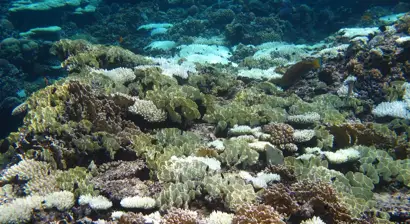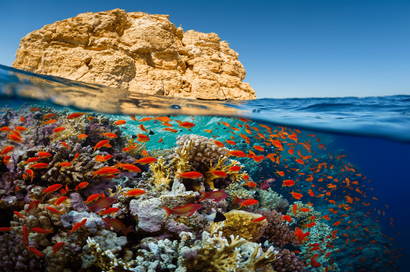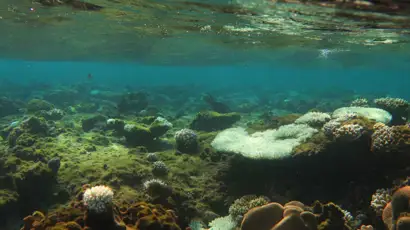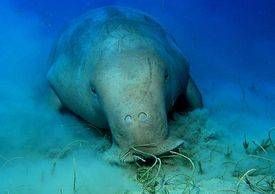Dolphin Code of Conduct
In order to avoid dolphin harassment from irresponsible human activities, HEPCA produced a code of conduct for dolphin encounters that is now mandatory. Be aware that the non-respect of the code of conduct is now punishable by law and with a fine.









 - frame at 0m12s_lg.webp)


